
SIJIA GROUP Company Ltd (HK: 1863) sees tremendous potential in producing reinforced polymer materials for China’s rapidly expanding biogas sector.
And the fact that Beijing should be pumping 23 bln yuan in subsidies into renewable energy option soon is all the reason to pay close attention to this fast-growth Hong Kong-listed firm, NextInsight learns in an interview with Sijia’s CFO & Company Secretary Mr. Alvin Chan.
NextInsight: Sijia’s biogas tank sales have risen 15.3 times since the product was launched last year. What are the reasons for this phenomenal growth and how much is Beijing’s support of alternative energies in the form of subsidies and preferential land/taxation policies to do with it?
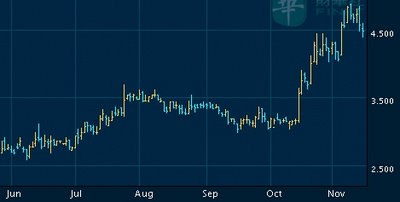
Mr. Chan: The biogas business was started in the second half of 2009, and our sales grew aggressively in the first half of 2010 and will continue. The increase in sales was mainly due to the government's encouragement in using clean energy.
In addition, the use of biogas tanks helps solve pollution problems such as urban waste and natural agricultural waste, which are converted into methane gas through fermentation. Beijing strongly supports biogas projects through subsidies, which will reach 23 bln yuan in 2014.
Sijia’s interim report stated the following: "Business in the first six months of 2010 has got off to a good start with year-on-year revenue up 91.2%. Our plan on capital expenditure is also well on track to achieve our targets. We have made a promising start to 2010 and thus look forward to the year full of confidence."
Is it possible to offer more detailed or numerical guidance on where you think business is headed this half or in 2011?
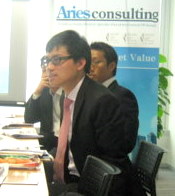
Mr. Chan: The growth momentum for our second half will continue. As to capital expenditure, production lines including #4 lamination machine line and TPU facilities line were delivered at our factory. Our second phase Fuzhou factory is now under construction with good progress.
In addition, two new factories in Sichuan for biogas tank end products and Hubei for wader and protective clothing and other end products, respectively, commenced operations in the third quarter and have begun to contribute to our revenue. With this increased production capacity, we are able to capture more market demand for our outdoor recreational and clean energy products.
Sijia had an outstanding first half, with revenue up 91.2% year-on-year to 480.5 mln yuan, and net profit nearly doubled to 147 mln yuan. What were the main reasons for this spectacular performance?
Mr. Chan: The increase in revenue and net profit is mainly due to the increase in market demand for our products serving the outdoor recreational market and clean energy markets, respectively. Apart from an increase in unit prices, there were increases in sales volume in wader and protective, inflatable and airtight products as well as our new product, of course -- biogas tanks.
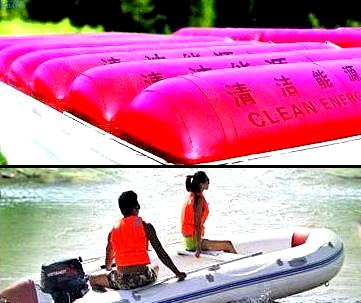
Of your reinforced materials and end-product categories, what are the average profit margins for each? Also, how are you adjusting future production capacity and selling prices to maximize profitability for the segments?
Mr. Chan: For reinforced materials in the first half it was 44.4%, and for end products -- 63.8%. By further introducing new production capacity, we can offer more biogas tank reinforced materials and end products to the market. This will further enhance our product mix and thus our net profits.
How important is proprietary technology gained through in-house or outsourced R&D to protecting Sijia’s profit margins and what is Sijia doing to maximize the use of such self-owned technology?
Mr. Chan: Sijia invests 5% of turnover in R&D. We fully believe that innovation through in-house R&D can further enhance our profit margins. The proprietary technology developed internally can further raise the entry barrier to discourage newcomers from joining the industry.
To maximize the use of self-owned technology, we are further improving our existing products in terms of functionalities and introducing new products to satisfy growing market demand.
Sijia is aggressively expanding production capacity, and also rapidly increasing the number of its sales outlets. How are you handling the more complex inventory control tasks that come with this rapid expansion, and are sales-per-store keeping up with the number of new stores?
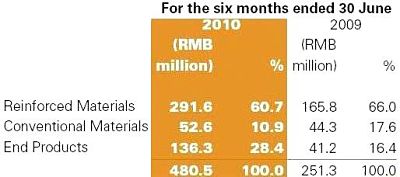
Mr. Chan: Sijia expands its production capacity in reinforced materials by acquiring more machines, expanding into the 2nd phase of our Fuzhou plant and starting our Shanghai manufacturing plant. For end products, we have new factories in Sichuan and Hubei.
As for our sales network, we have 48 direct sales offices and 13 representative offices covering 26 provinces and cities. At the moment, we don't plan to set up sales outlets.
Reinforced materials still accounted for 60.7% of your total first half revenue, but it shrunk from 66% a year earlier. Meanwhile, end product sales rose to 28.4% of total revenue from 16.4%. Will these two product categories change places?
Mr. Chan: Our target is to fix the product mix as follows: Reinforced materials: 65%; Conventional materials: 30%; End products: 5%.
Even though the mix of reinforced materials was not as high as 1H09, the absolute amount of sales was increasing.
Our company's strength lies in our reinforced materials. As a vertically integrated manufacturer, apart from selling reinforced materials to third parties, we apply our reinforced materials to produce end products.
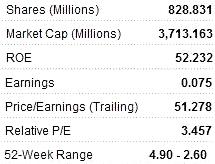
The PRC accounted for 98.3% of your total revenue in the first half, up from 97.5% a year earlier. Where do you see this percentage a year from now, and is there a risk of overexposure to one single country market?
Mr. Chan: We will further develop overseas sales networks. Even though our PRC sales accounted for 98.3% in 1H10, our customers such as OEM manufacturers or distributors in turn sell overseas. Thus sales to ultimate overseas customers is a double digit figure.
In addition, there is immense market potential for both reinforced materials and end products in the future in mainland China.
We expect China’s reinforced materials market to reach 21.4 bln yuan by 2014 from 7.0 bln yuan today. And the end-products market will reach 3.0 bln usd from around 1.1 bln usd now.
Your gross margins improved to 46.9% in the first half from 43.3% a year earlier. What are the major reasons for this, and where do you see them a year from now?
Mr. Chan: It is due to a shift of product mix by offering more end products and reinforced materials with higher gross margins than those for conventional materials. In addition, the offering of new products such as biogas tank end products reinforced materials have gross margins higher than average margins.
We foresee a growth of gross profit margins. The continuous high market demand for our wader and protective, airtight and inflatable products can maintain our margins. In addition, the introduction of our new products such as membrane structures, TPU and waterproof materials are able to offer higher gross margins then our existing products.
See also: SIJIA: China's No.1 Reinforced Polymer Firm Sees Over Double Capacity By 2012







